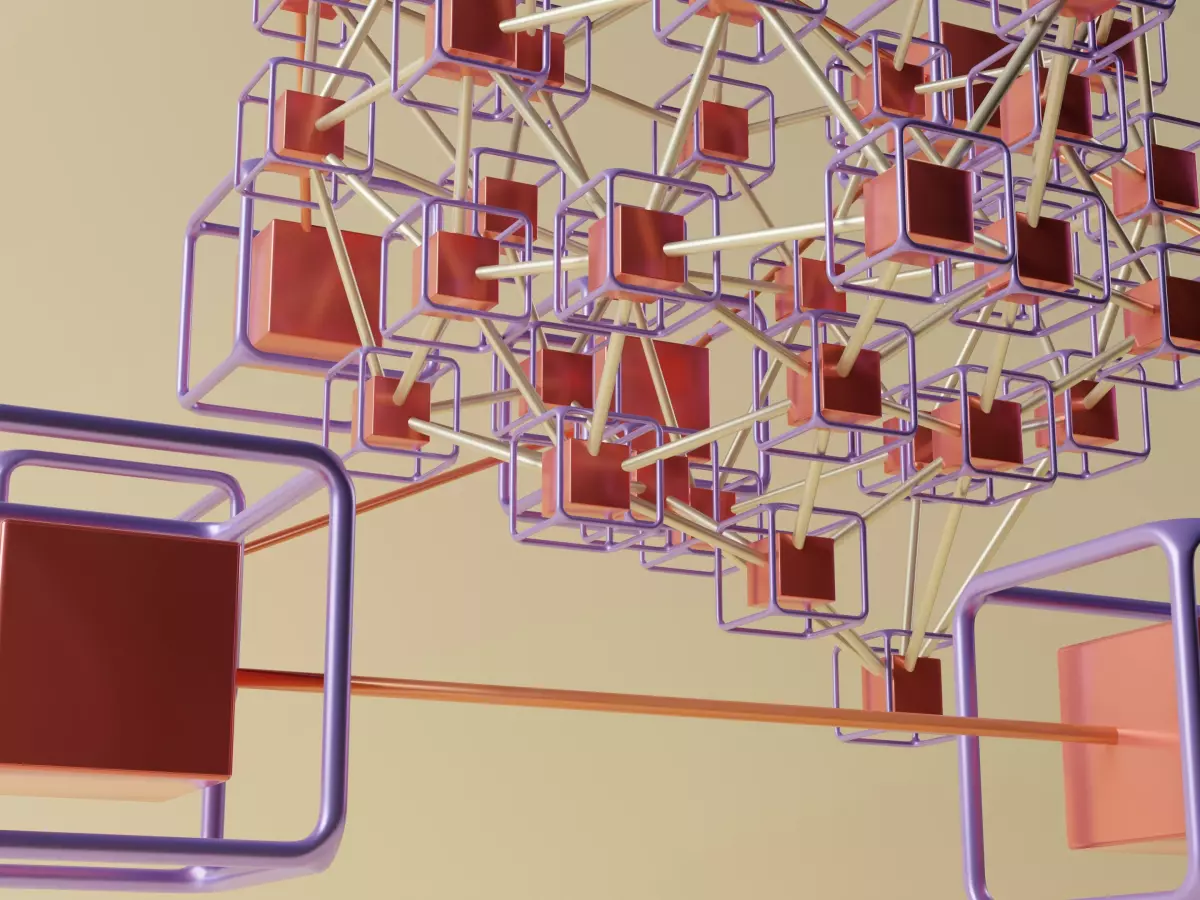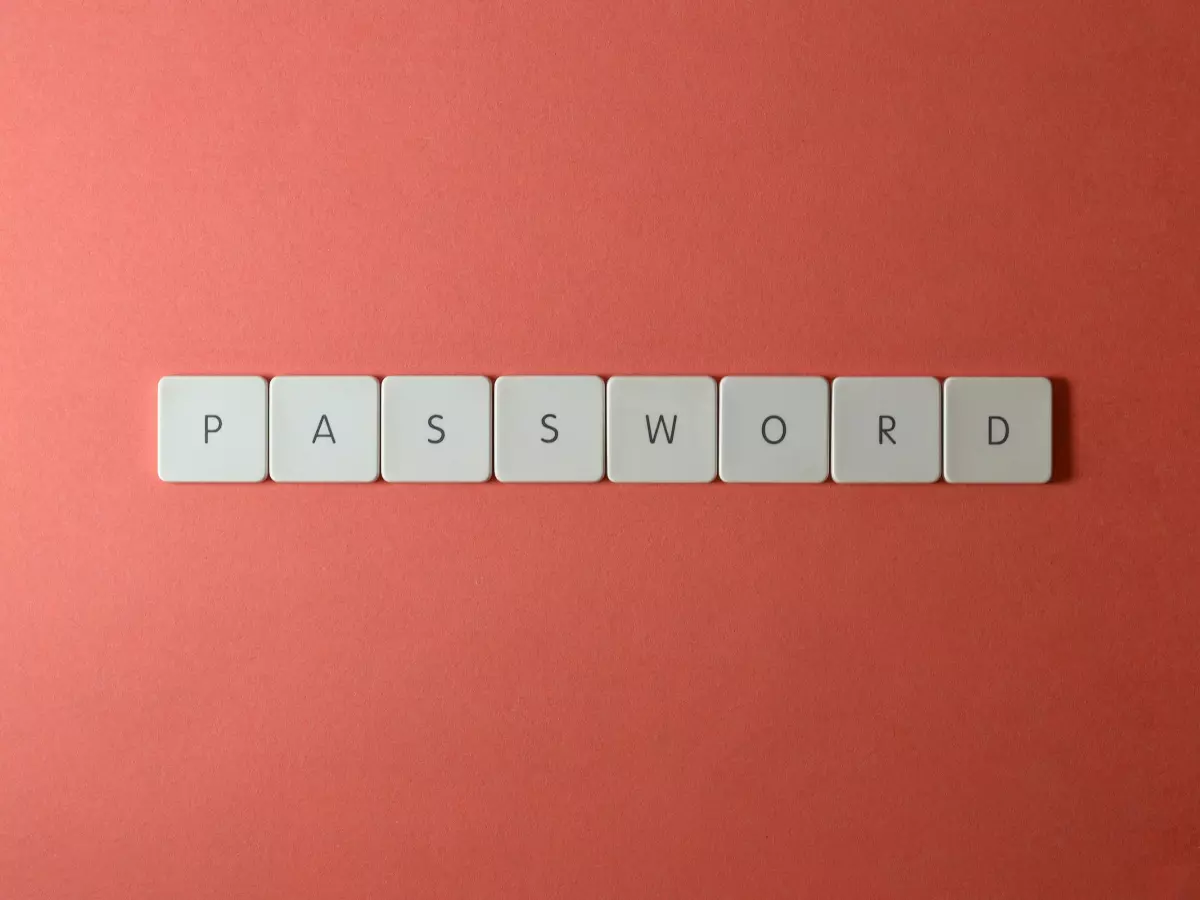Blockchain Nodes
"Blockchain is the tech. Bitcoin is merely the first mainstream manifestation of its potential." – Marc Kenigsberg

By Elena Petrova
When most people think of blockchain, they imagine a decentralized network that magically secures itself. The reality, however, is a bit more technical. At the heart of every blockchain network are nodes—those unsung heroes that keep the entire system running smoothly and securely. But what exactly are these nodes, and how do they contribute to the security of cryptocurrency networks?
Let’s be real: most of us don’t spend our evenings pondering the intricacies of blockchain nodes. We just want our crypto transactions to be safe and secure. However, understanding the role of nodes is crucial if you want to grasp how blockchain technology works at its core. So, buckle up, because we’re about to dive deep into the world of blockchain nodes and their role in securing cryptocurrency networks.
What Are Blockchain Nodes?
In the simplest terms, a node is any device that participates in a blockchain network. This could be anything from a high-powered server to your laptop running a blockchain wallet. Nodes are responsible for validating transactions, maintaining a copy of the blockchain ledger, and ensuring that the network remains decentralized and secure.
There are different types of nodes, but the two most common are full nodes and light nodes. Full nodes store the entire blockchain and validate every transaction independently. Light nodes, on the other hand, only store a portion of the blockchain and rely on full nodes to verify transactions.
But here’s the kicker: not all nodes are created equal. Some nodes play a more active role in securing the network, while others are more passive. So, let’s break down how these nodes contribute to the security of cryptocurrency networks.
How Nodes Secure the Network
Blockchain nodes are like the security guards of the crypto world. They ensure that only valid transactions are added to the blockchain and that no one is trying to pull a fast one by double-spending or altering past transactions. But how exactly do they do this?
1. Transaction Validation: Every time a new transaction is broadcast to the network, nodes jump into action. They check the transaction against the blockchain’s rules to ensure that it’s legitimate. This includes verifying that the sender has enough funds, that the transaction is properly signed, and that it hasn’t been tampered with.
2. Consensus Mechanisms: Nodes also play a crucial role in achieving consensus. Whether the blockchain uses Proof of Work (PoW), Proof of Stake (PoS), or another consensus mechanism, nodes are responsible for agreeing on the state of the blockchain. This ensures that all participants in the network are on the same page and that the blockchain remains immutable.
3. Decentralization: One of the key security features of blockchain technology is its decentralization. Unlike traditional systems that rely on a central authority, blockchain networks are distributed across thousands of nodes. This makes it incredibly difficult for any single entity to take control of the network or alter the blockchain’s history.
4. Preventing Double-Spending: Double-spending is the crypto equivalent of counterfeiting money. Nodes prevent this by ensuring that each transaction is unique and that the same cryptocurrency can’t be spent twice. If a node detects an attempt to double-spend, it will reject the transaction and prevent it from being added to the blockchain.
Full Nodes vs. Light Nodes: Who Does More?
Now, you might be wondering: if full nodes store the entire blockchain and validate every transaction, why would anyone use a light node? Well, it all comes down to resources. Full nodes require a lot of storage and processing power, which can be a barrier for everyday users. Light nodes, on the other hand, are more lightweight and easier to run on personal devices.
However, full nodes are the real MVPs when it comes to security. Because they store the entire blockchain, they can independently verify every transaction and ensure that the network remains secure. Light nodes, while useful, rely on full nodes for validation, which means they’re not as robust when it comes to security.
That said, both types of nodes play an important role in the network. Light nodes make it easier for more people to participate in the blockchain, which helps to decentralize the network. And as we’ve already established, decentralization is a key factor in blockchain security.
What Happens When Nodes Go Rogue?
Okay, so we’ve established that nodes are essential for securing cryptocurrency networks. But what happens if a node goes rogue? Can a malicious node compromise the security of the entire network?
In theory, yes. A malicious node could attempt to broadcast false transactions or alter the blockchain’s history. However, because blockchain networks are decentralized, a single rogue node can’t do much damage. Other nodes in the network would detect the malicious activity and reject any invalid transactions.
That said, if a large number of nodes were to collude, they could potentially launch a 51% attack, where they take control of the network and alter the blockchain’s history. This is why decentralization is so important— the more nodes there are in the network, the harder it is for any single entity to take control.
The Future of Blockchain Nodes
As blockchain technology continues to evolve, so too will the role of nodes. We’re already seeing new types of nodes being developed, such as masternodes and supernodes, which offer additional functionality and security features. These nodes are designed to handle more complex tasks, such as processing private transactions or participating in governance decisions.
In the future, we may also see more lightweight nodes that offer the same level of security as full nodes but without the resource requirements. This would make it easier for everyday users to participate in blockchain networks without sacrificing security.
One thing is clear: nodes will continue to play a crucial role in securing cryptocurrency networks. Whether you’re running a full node on a high-powered server or a light node on your smartphone, you’re contributing to the security and decentralization of the blockchain.
What’s Next?
As blockchain technology matures, we can expect to see even more innovation in the world of nodes. From new consensus mechanisms to more efficient node designs, the future of blockchain security is looking bright. But one thing will remain constant: nodes will always be at the heart of the blockchain, ensuring that our crypto transactions are safe, secure, and decentralized.





